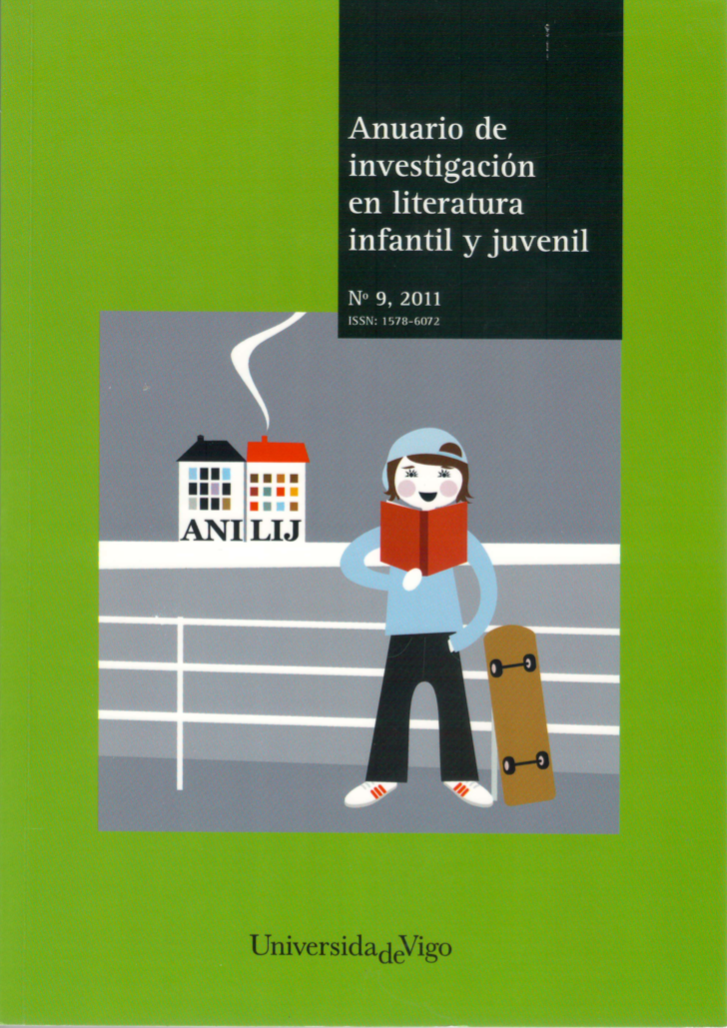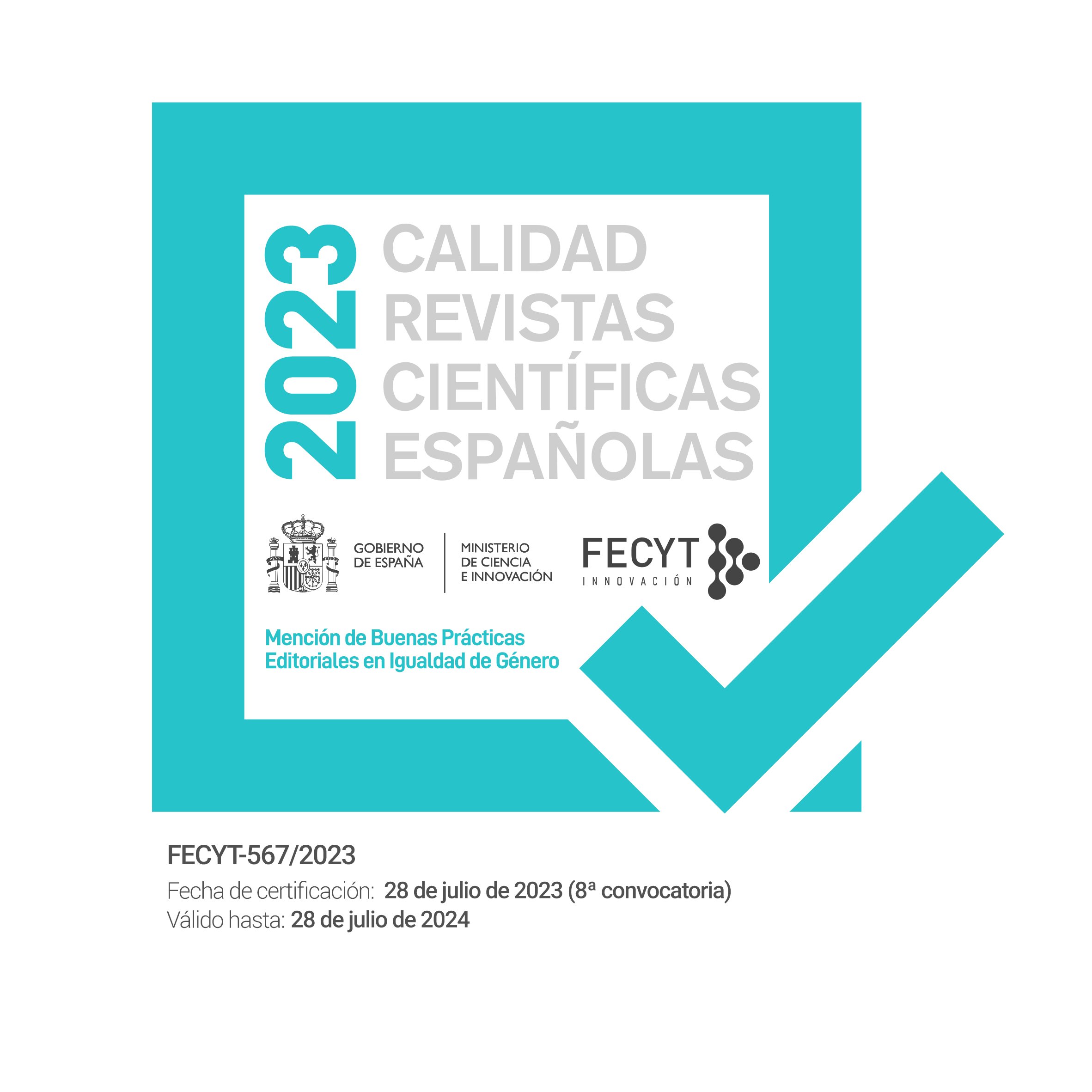A tipology of endpapers in picture books
Keywords:
Picturebook, endpapers, typology, graphic semiologyAbstract
The original reason for having endpapers in books was purely practical, one of the technical requirements of the binding process. From the 1960s, however, graphic designers working on picturebooks played a decisive role in changing this function when they began to use endpapers for communicative purposes.
Picturebooks are conceived as the product of an overall design in which each part of the book serves the story. The endpapers, which are found in a privileged position at the very beginning and end of the book, have come to be seen by many authors and publishers as an ideal place to be used for communicative purposes. This paper presents a typology of endpapers based on how they relate to the story and the form in which they appear. Our aim is for researchers, specialists and readers to stop thinking of the picturebook simply as an illustrated book and to pay more attention to all of its separate parts, any of which may contain valuable information for interpreting the story.
Downloads
Downloads
Published
Issue
Section
License
Anuario de Investigación en Literatura Infantil y Juvenil has been published in open access from 2019 (vol. 17). The journal allows the authors to retain publishing rights. Authors may reprint their articles in other media without having to request authorization, provided they indicate that the article was originally published in Anuario de Investigación en Literatura Infantil y Juvenil. The journal holds the copyright of printed issues (volumes 0-16).





